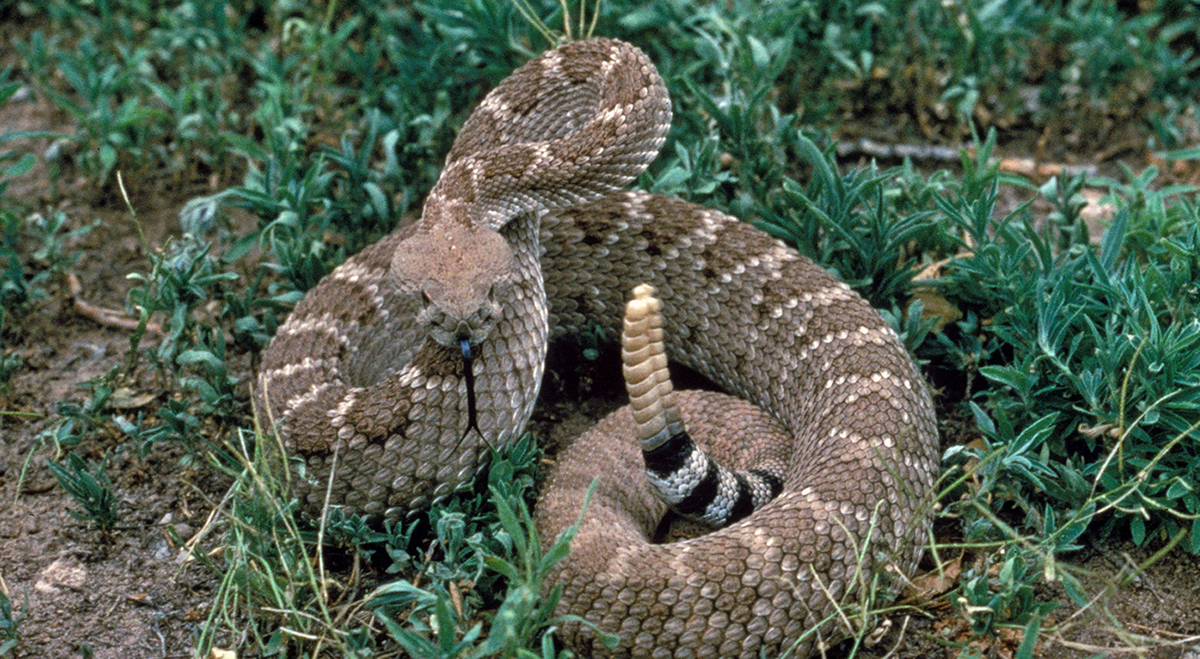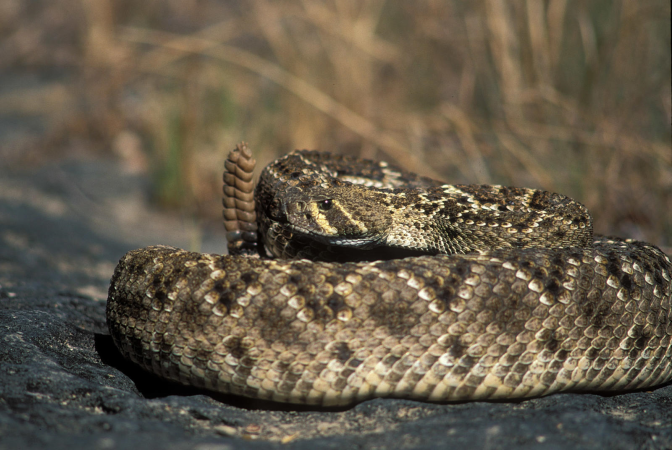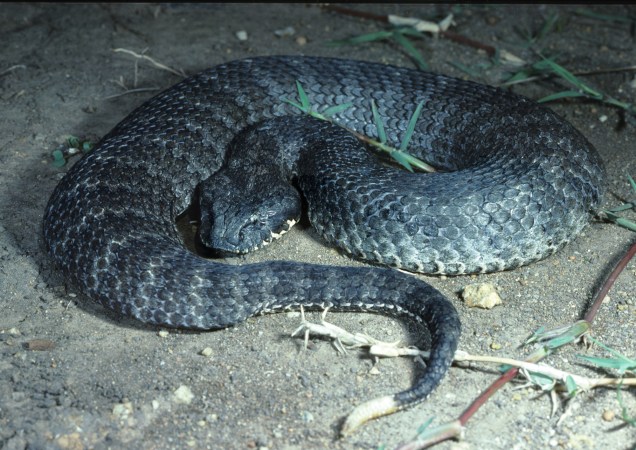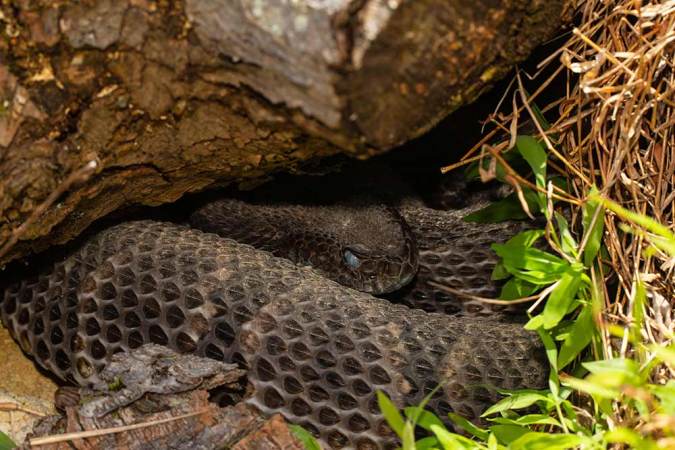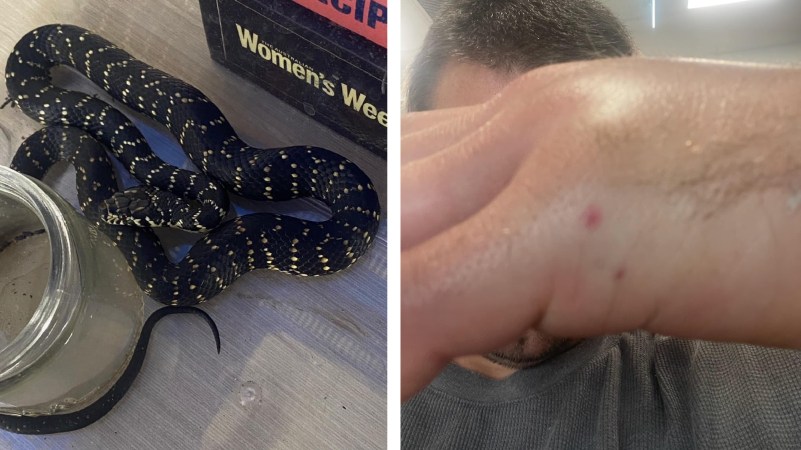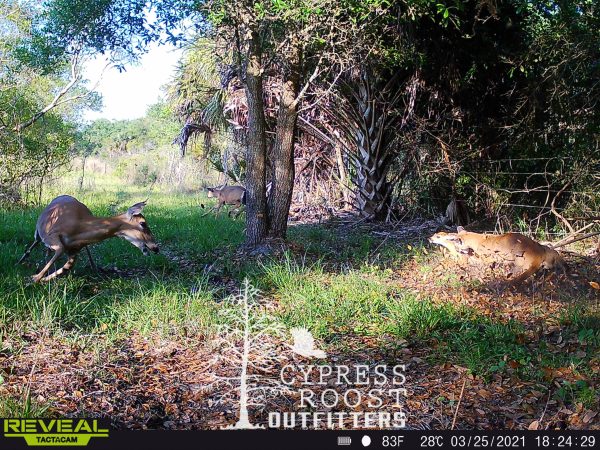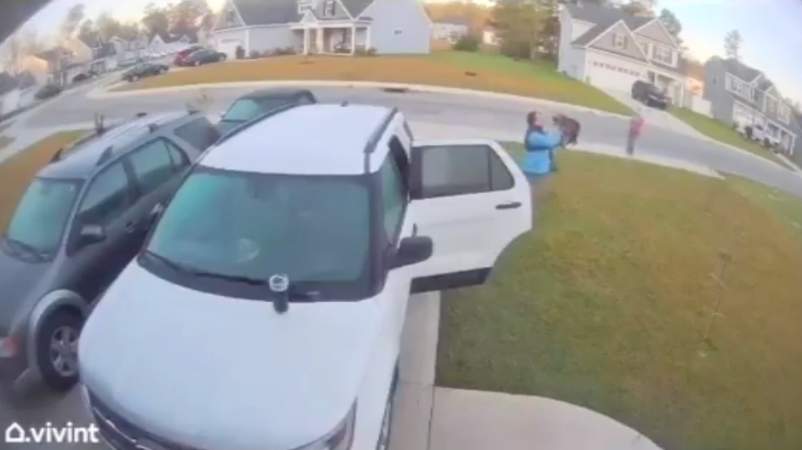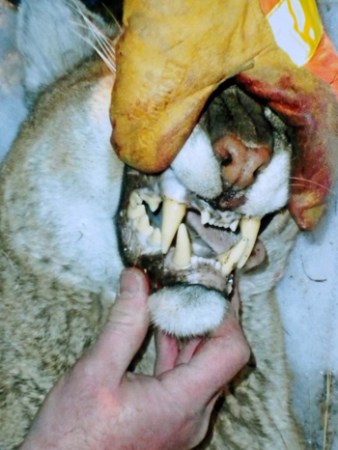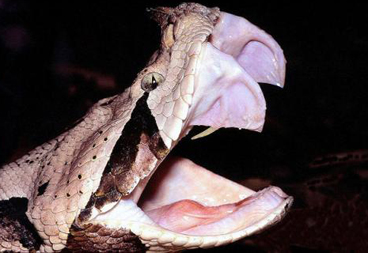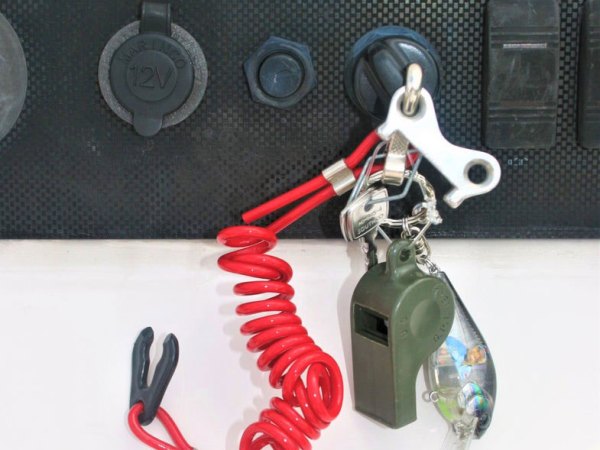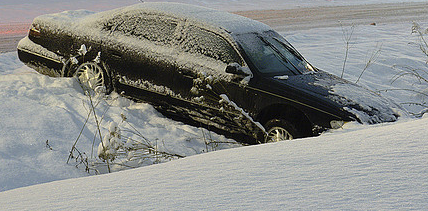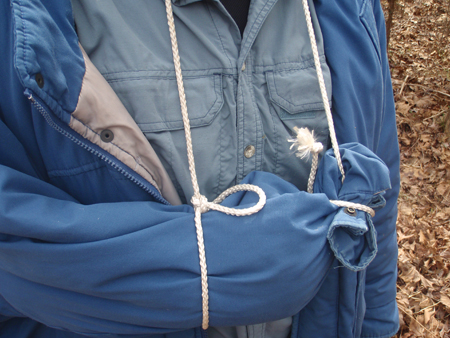We’ve all seen the TV shows and movies where someone cuts an “X” across their friend’s snake bite and proceeds to suck out the venom. But as you and I both know, not everything from Hollywood is real. So what is real? How about the complications from preforming this preposterous pop culture medical procedure: You could nick a small vein or artery with your cutting, and send venom-laden blood directly into the circulatory system. You are also increasing the risk of infection in that area, which is already under attack from the snake venom. And it’s pointless to “cut and suck” anyway. You only get about one/one-thousandth of the venom with any suction technique (including snakebite kit extractors).
The “cut and suck” technique comes from an old (and severely outdated) army medical manual, and while it looks bad-ass on the silver screen, it’s the wrong move. You don’t want to put ice on the bite or use a tourniquet either. These increase the damage in the locality of the bite by keeping the venom in one spot. And for crying out loud, don’t hunt down the snake. The last thing your ER needs is a dead snake scaring the nurses, or worse: a live, venomous snake escaping into the building. All they need to know is what color it was. Some variation of brown, black, or “camo” is a pit viper (rattler, cottonmouth, or copperhead). Red, yellow, and black stripes indicates a coral snake (much more dangerous). According to CDC averages, roughly 7,500 venomous snake bites are reported each year in the U.S. But only about five people a year die from these bites, thanks to modern anti-venom.
So what do you do if you get bitten?
Remove any rings, watches, and other jewelry in anticipation of swelling. Cover the bite with a clean dressing, but not a pressure dressing. Don’t panic (if you can control yourself) and try to keep your heart rate down. Keep the bitten area below the heart. Monitor for shock. Get to the doctor ASAP. You may have a “coppery” or metallic taste in your mouth if you did receive a dose of venom, but about 30 percent of bites from adult snakes are “dry bites” (no venom injected). If you did receive any venom, you’ll need to be treated with anti-venom. And it’s the same medicine for water moccasin, copperhead, and rattlesnake bites. Hope you have good insurance—otherwise it’s an expensive shot.
Have you ever been bitten by a venomous snake? Tell us your story by leaving a comment.
